SNAA362 November 2022 LMK6C , LMK6D , LMK6H , LMK6P
5.5 Mechanical Robustness
For oscillators, vibration and shock are common causes for increased phase noise and jitter, frequency shift and spikes, or even physical damages to the resonator and its package. Compared to quartz crystals, the LMK6C/D/P/H is more resilient to vibration and shock due to its orders of magnitude smaller mass and higher frequency – force applied to the device from acceleration is much smaller due to the smaller mass. The LMK6C/D/P/H BAW oscillator meets both MIL_STD_883F Method 2002, Condition A (vibration) and MIL_STD_883F Method 2007 Condition B for shock, with no performance degradation, (jitter, stability, general device performance) post vibration and shock event.
In addition to Military Standards testing, the LMK6C/D/P/H BAW oscillator is tested while under stress for multiple conditions. Not only does the BAW oscillator observe minimal frequency shift due to shock while under stress, it also recovers post event to previous levels:
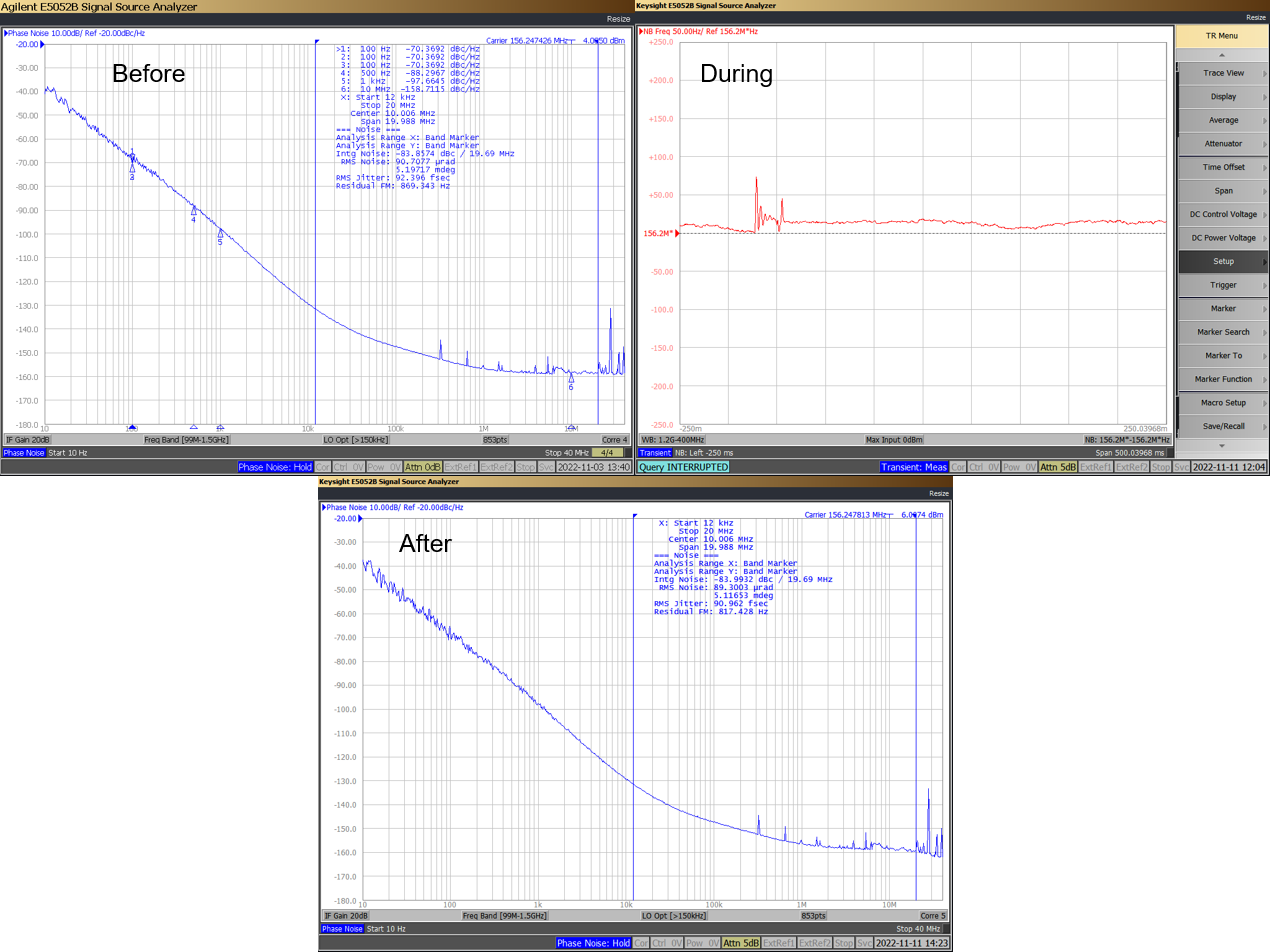 Figure 5-4 LMKD/P/H Shock Effect at 1500 g
Figure 5-4 LMKD/P/H Shock Effect at 1500 g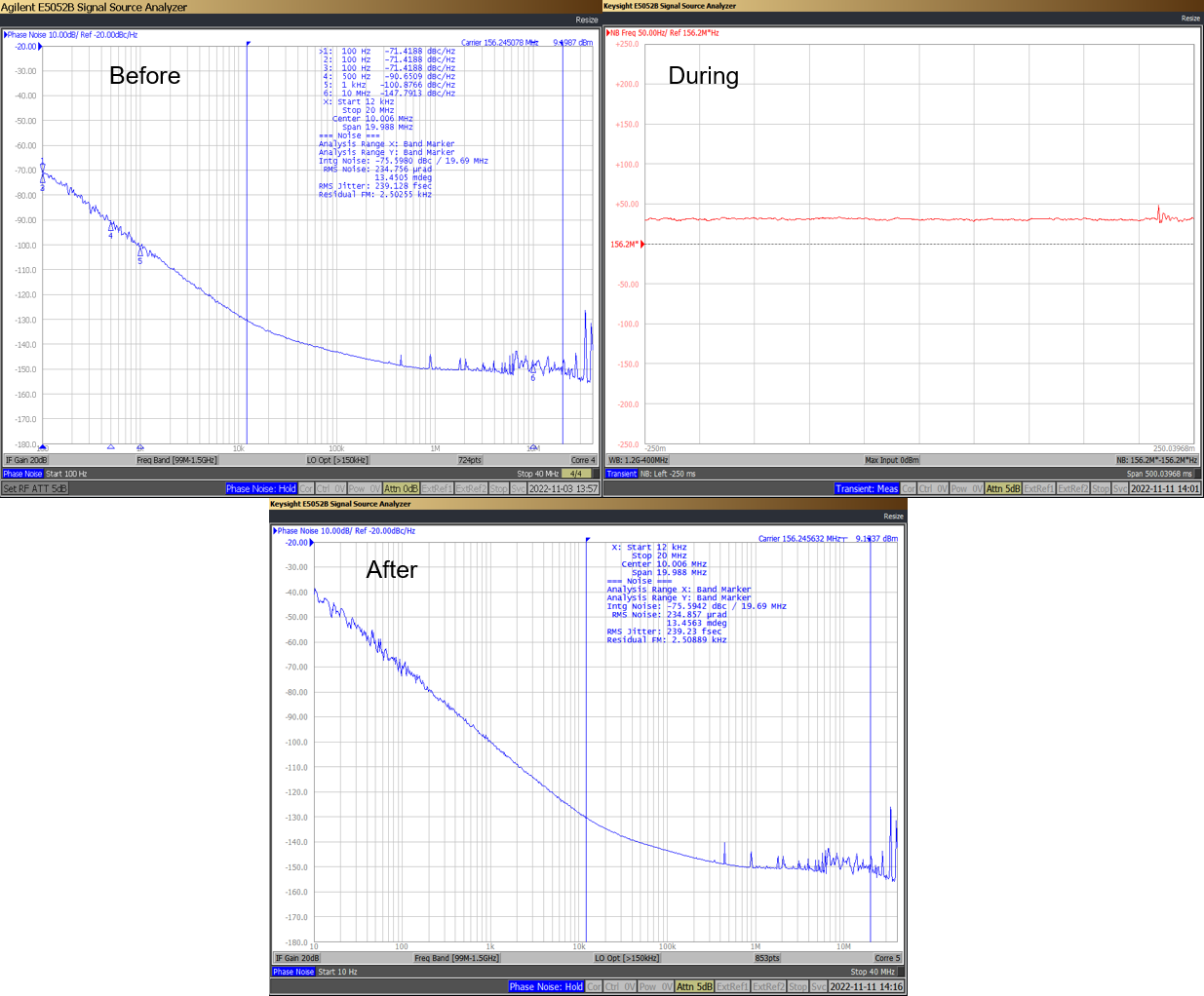 Figure 5-5 LMK6C Shock Effect at 1500 g
Figure 5-5 LMK6C Shock Effect at 1500 gWith regards to vibration, BAW oscillator exhibits minimal frequency deviation due to vibration to the tune of about 1 ppb/g. This is close to an order of magnitude improvement from crystal oscillator solutions.
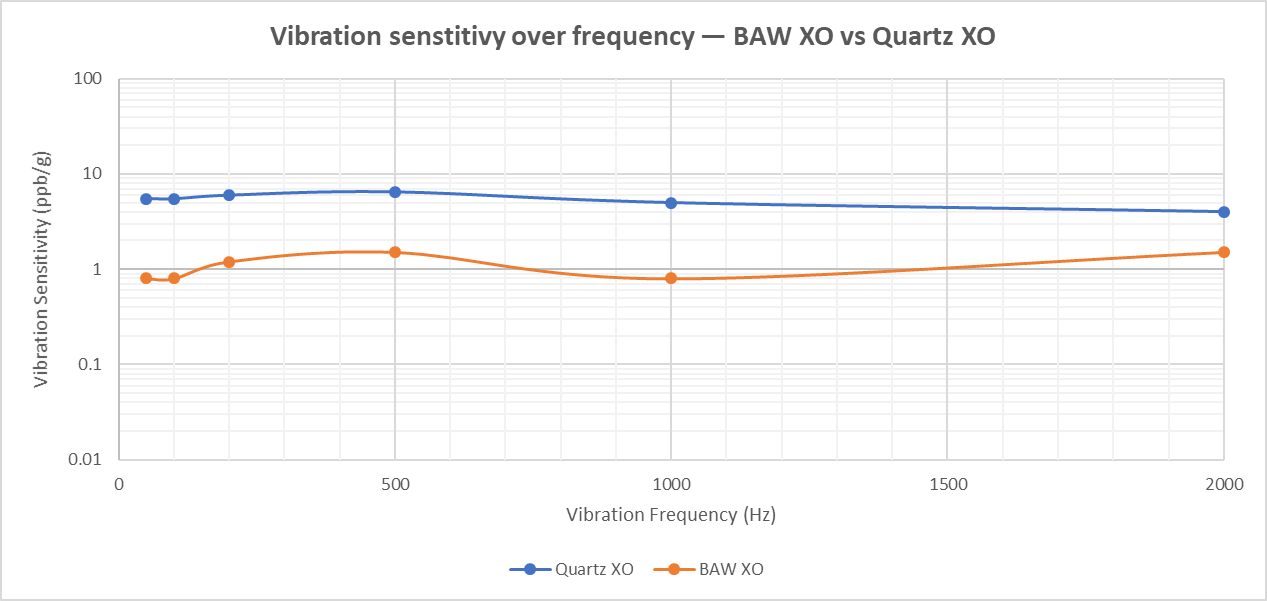 Figure 5-6 LMK6C/D/P/H BAW Oscillator vs Quartz Oscillator Vibration Sensitivity
Figure 5-6 LMK6C/D/P/H BAW Oscillator vs Quartz Oscillator Vibration SensitivityThe LMK6C/D/P/H BAW oscillator guarantees a ± 25 ppm all inclusive frequency stability with 10 year aging. Figure 5-7 and Figure 5-8 show the aging trends for the LMK6P/D/H differential and LMK6C single-ended BAW oscillator.
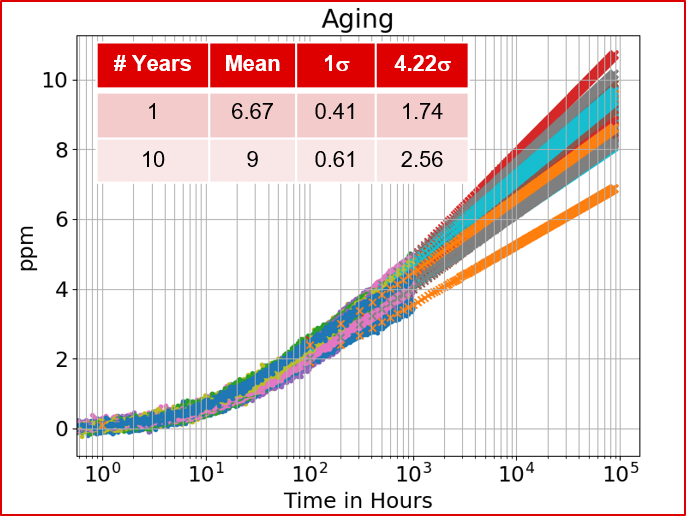 Figure 5-7 LMK6P/D/H Differential Aging
Figure 5-7 LMK6P/D/H Differential Aging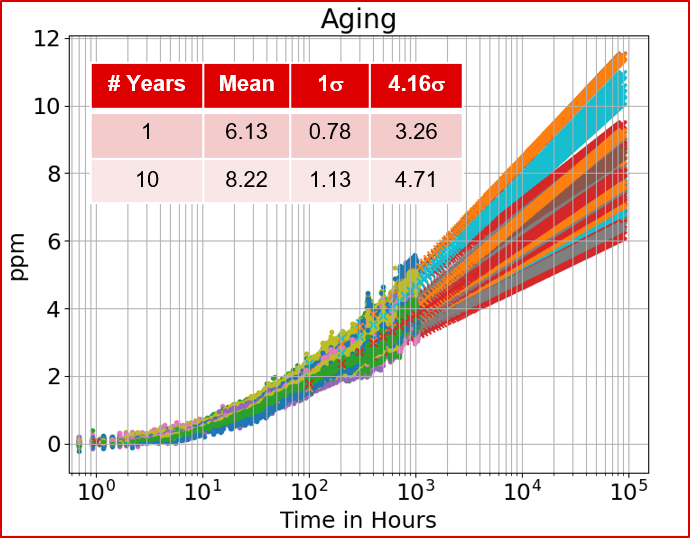 Figure 5-8 LMK6C Single-ended Aging
Figure 5-8 LMK6C Single-ended Aging